- A Itanagar
- B Hyderabad
- C Dispur
- D Patna
The capital of Assam is Dispur
The capital of Assam, Dispur lies in Guwahati. In 1973 when Meghalaya was carved out from Assam, Shillong was moved and made the capital of the newly formed state. Therefore, Dispur was made the capital of Assam. The city is popular for tea auctions. Crush, Tear and Curl (CTC) tea is auctioned on every Tuesday and Wednesday. The city experiences warm summers and cold winters just like Guwahati.
Dispur is a well-planned city. As the capital of Assam, Dispur houses the Secretariat of Assam Government, the Assam Assembly House, the National Bank for Agriculture and Rural Development (NABARD) Regional Office and the Guwahati Tea Auction Centre (GTAC).
Dispur is a city with historical and mythological importance. It is culturally rich and known for its natural hubs and cultural places. Dispur showcases a cultural assimilation of its inhabitants who have come from different ethnicities and history. The city also has its unusual culture. An example of it is the two unique dance forms: Bihunas and Husari that are so popular among the masses that people from far-flung areas come to the city to watch these folk dances. The traditional folk music is also an integral part of the city that has been popularised by some of the renowned musicians of Assam like Bhupen Hazarika.
Places to Visit
Shilpagram: It is an emporium run by the North East Zone Cultural Centre (NEZCC). It is the storehouse of the cultural and handicraft heritage of Assam and other north-eastern states. Traditional jewellery, ethnic costumes, silk saris, hand-woven carpets and metal and wooden handicraft items are some of the products available at the emporium.
Basistha Ashram: It is a Shiva Temple that is located at a distance of six kilometres from Dispur. It is named so as it is located on the mountain banks of a river known as Basistha. It is believed that it was the home of the famous sage Basistha, also known as Vashistha. It is spread over an area of 135 hectares. This ashram also has a waterfall. Just a few kilometres away is the Garbhanga Reserve Forest, where you can catch the glimpse of elephants and different species of butterflies.
Srimanta Sankaradeva Kalakshetra: It is a museum that preserves and exhibits the yesteryears handicrafts of Assam. It has articles
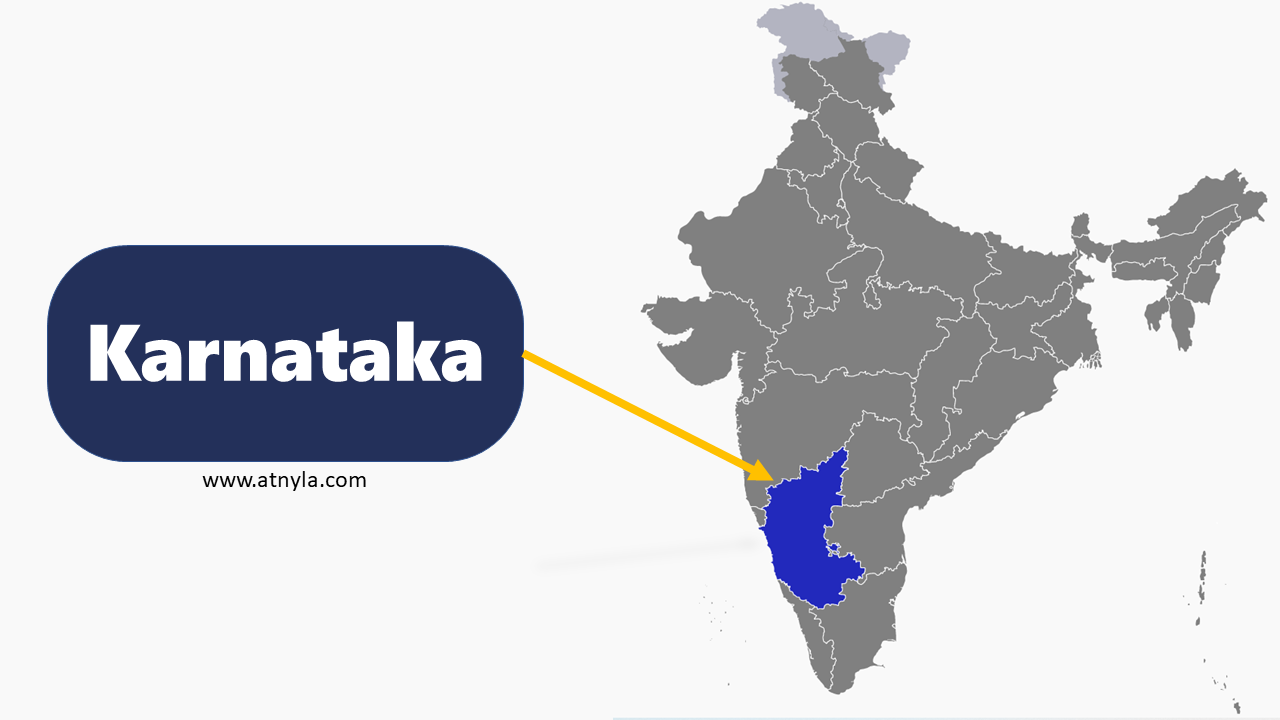 Karnataka GK
Karnataka GK 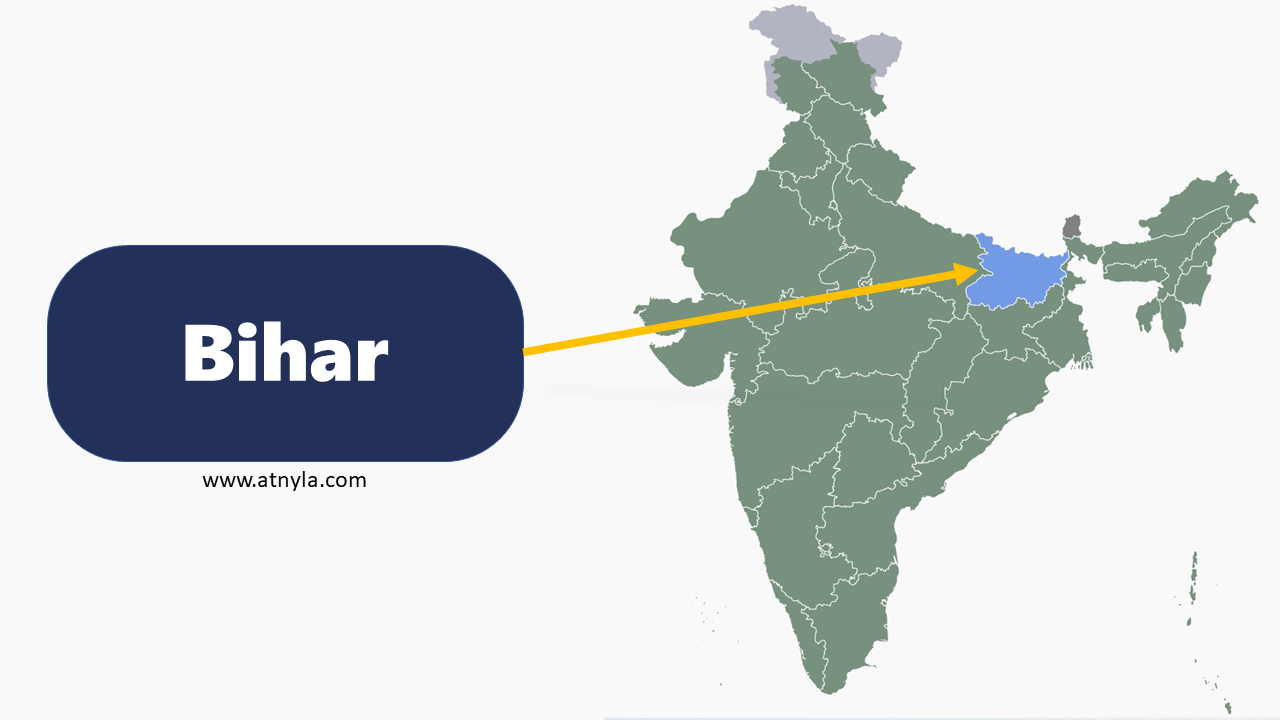 Bihar GK
Bihar GK 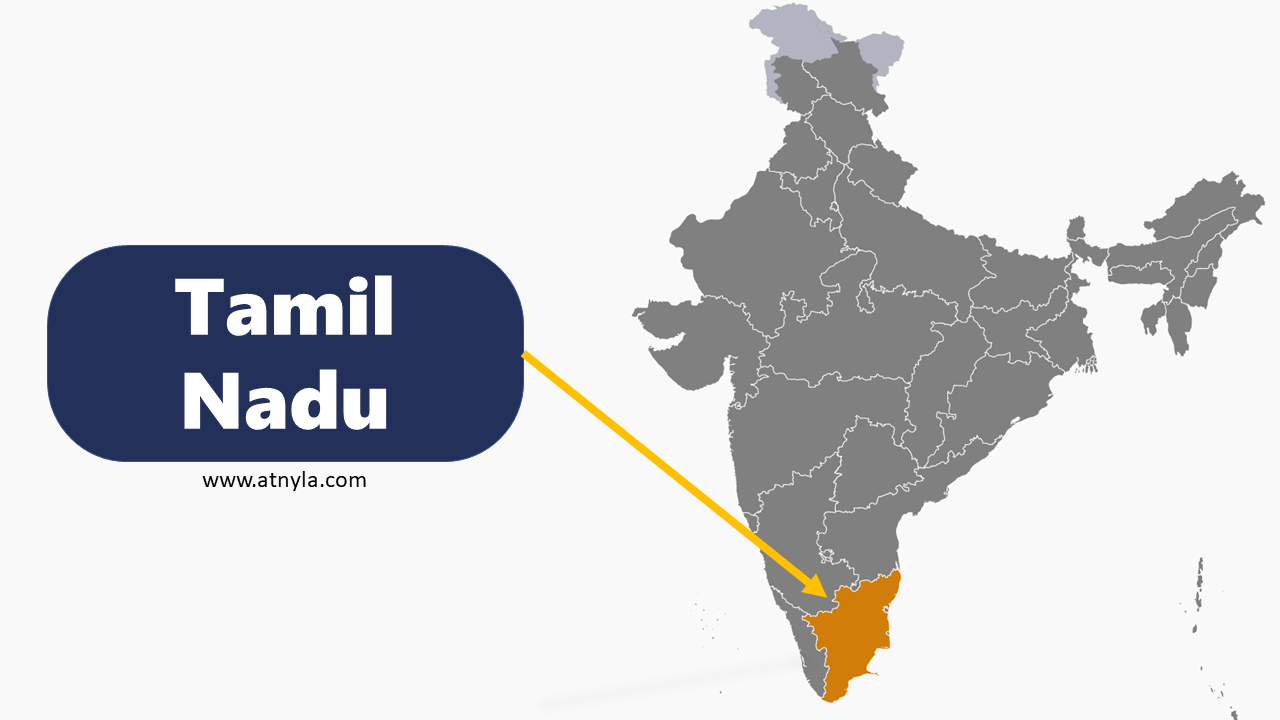 Tamil Nadu GK
Tamil Nadu GK 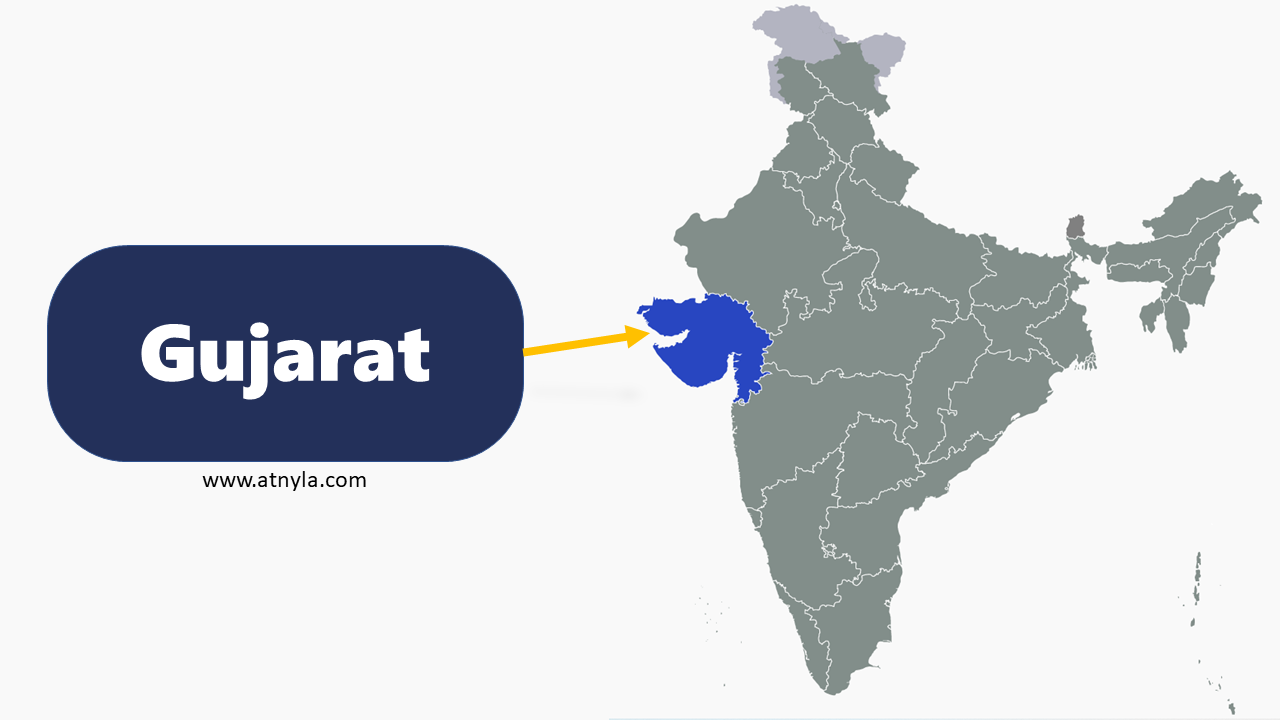 Gujarat GK
Gujarat GK 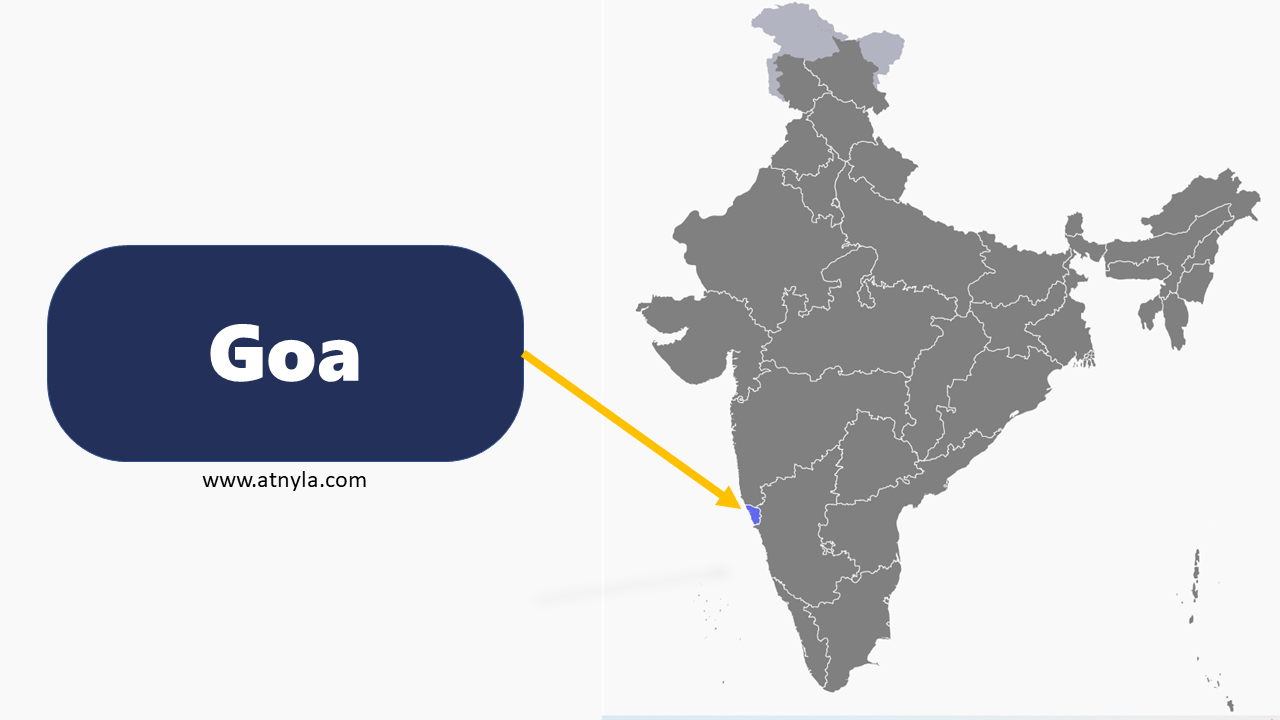 Goa GK
Goa GK 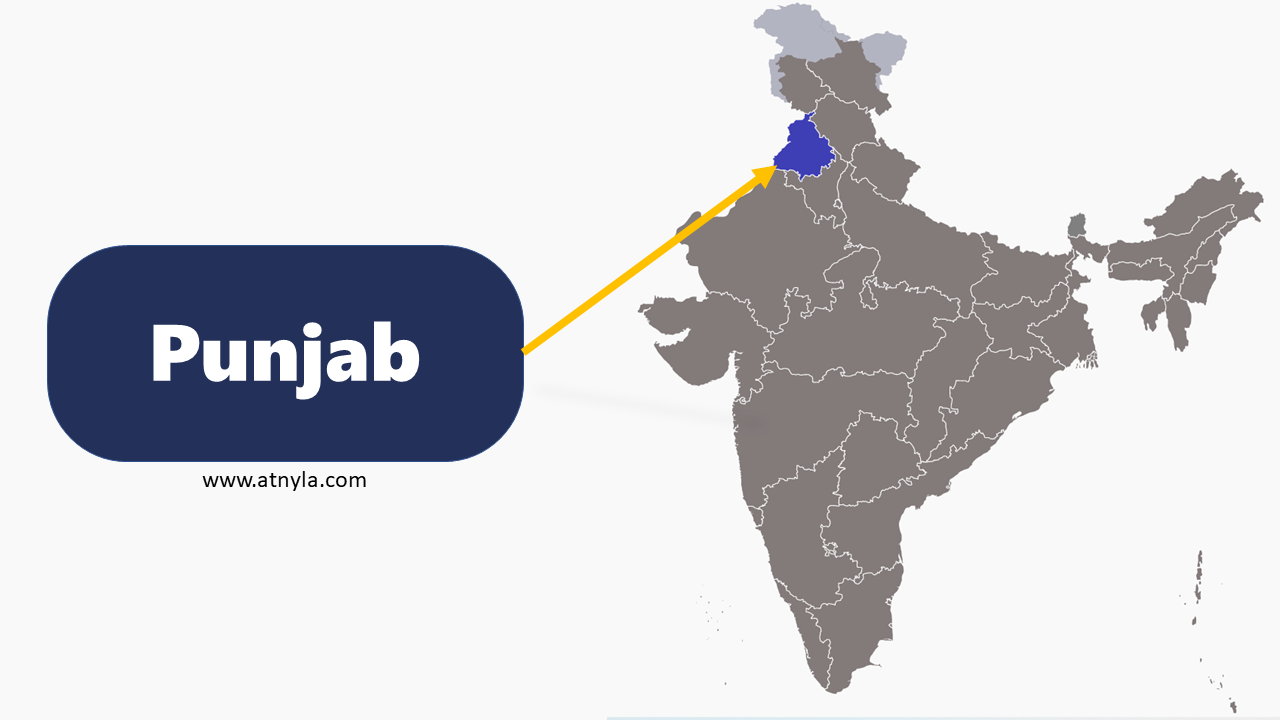 Punjab GK
Punjab GK 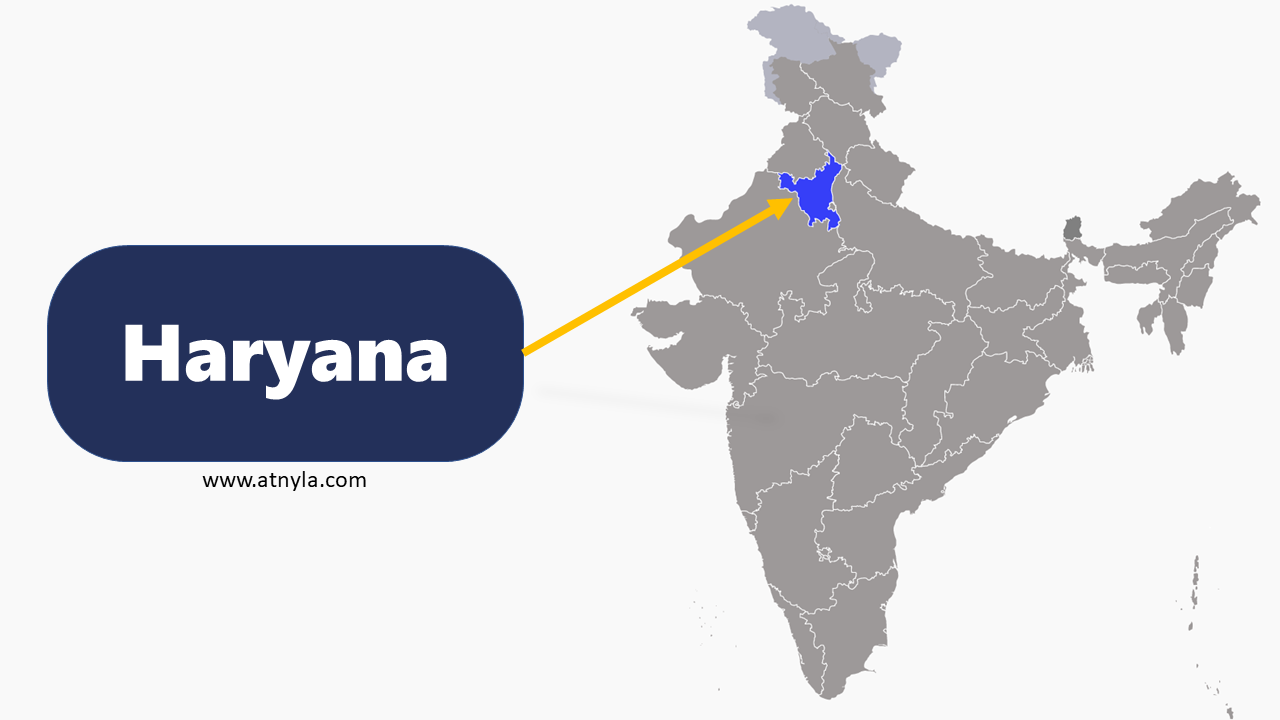 Haryana GK
Haryana GK 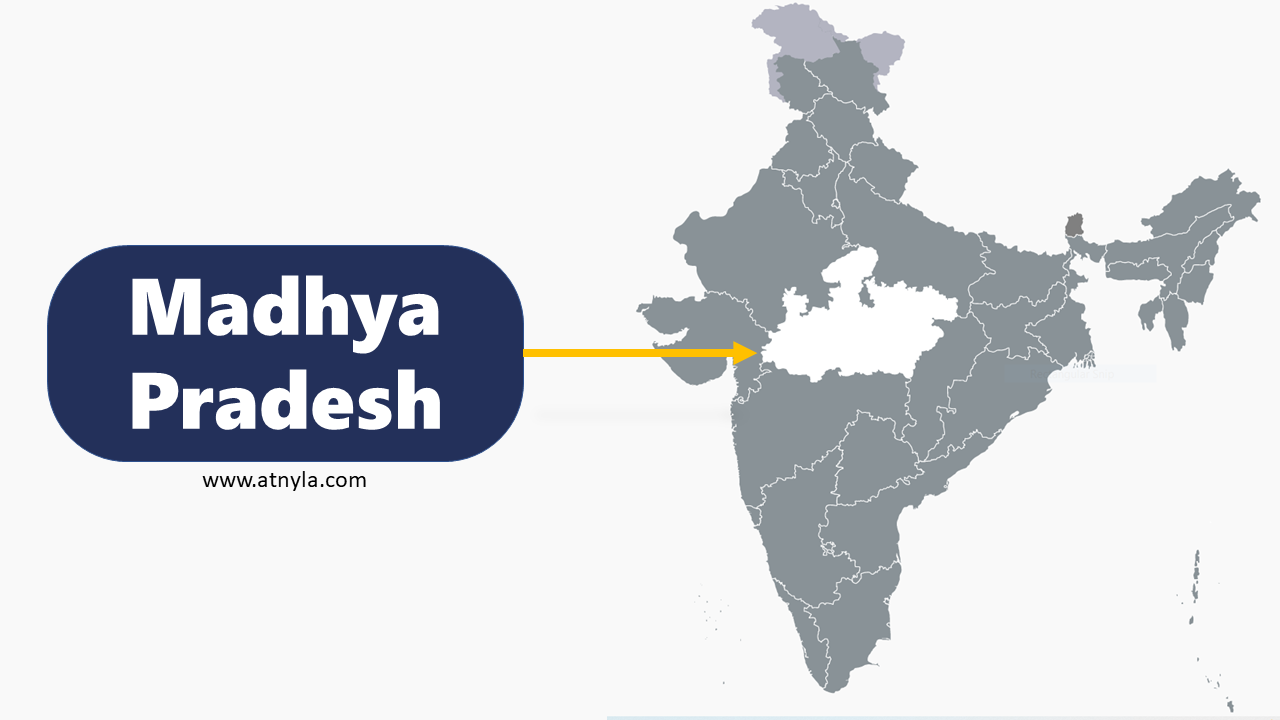 Madhya Pradesh GK
Madhya Pradesh GK 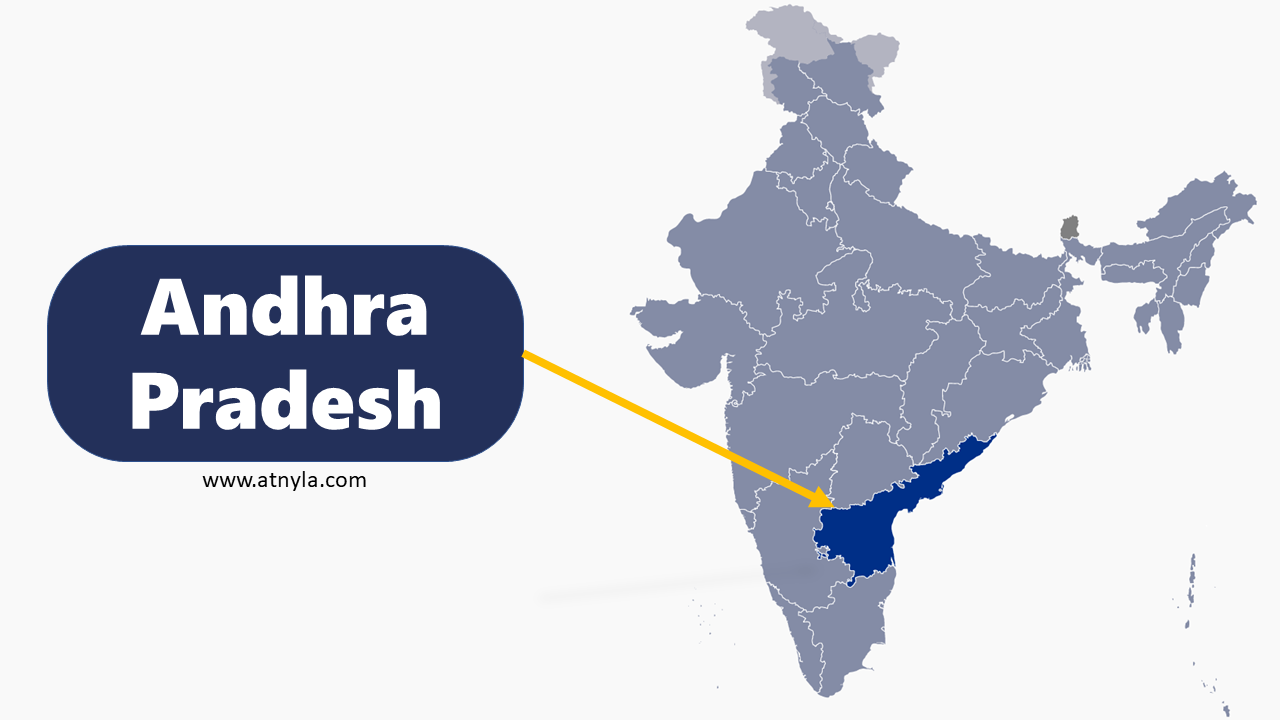 Andhra Pradesh GK
Andhra Pradesh GK 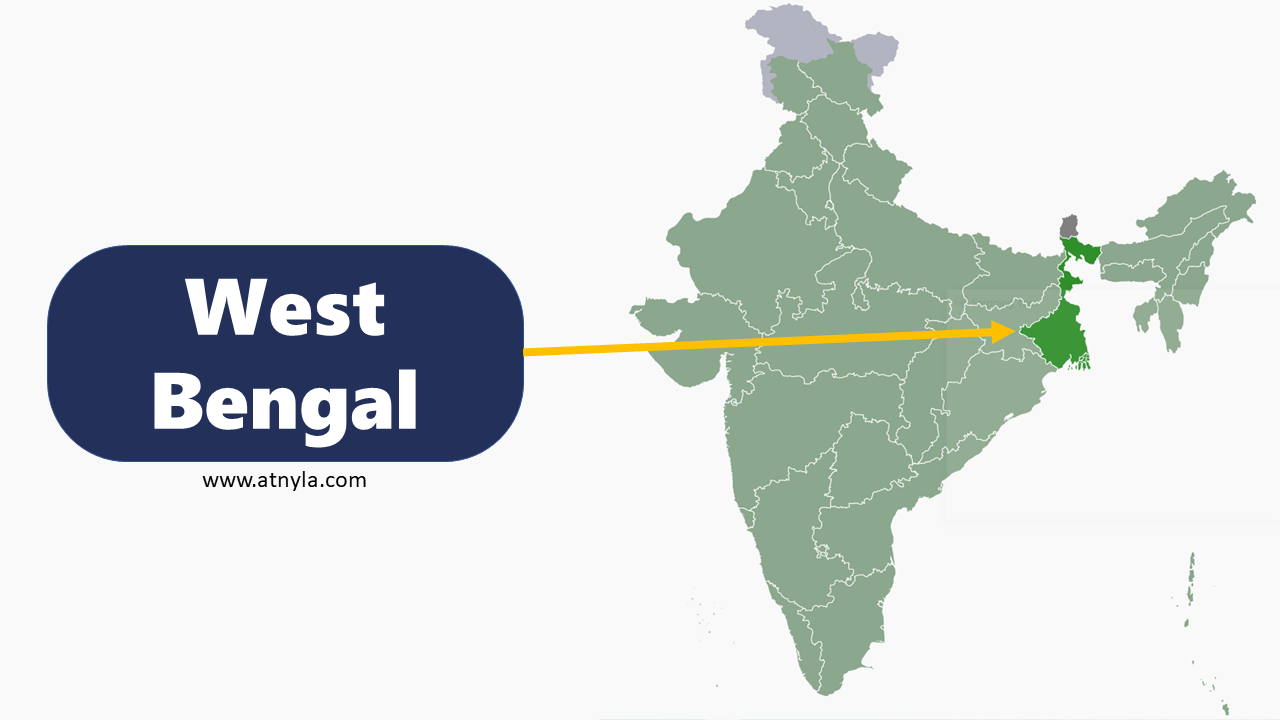 West Bengal GK
West Bengal GK 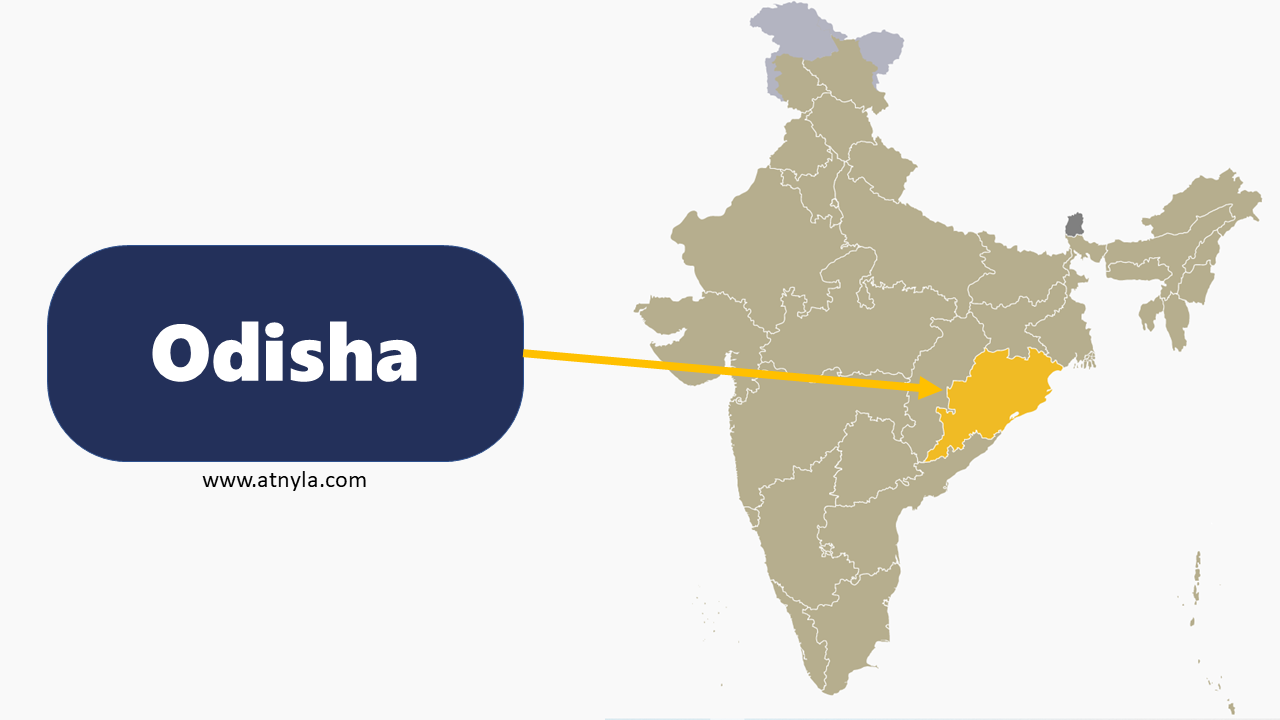 Odisha GK
Odisha GK 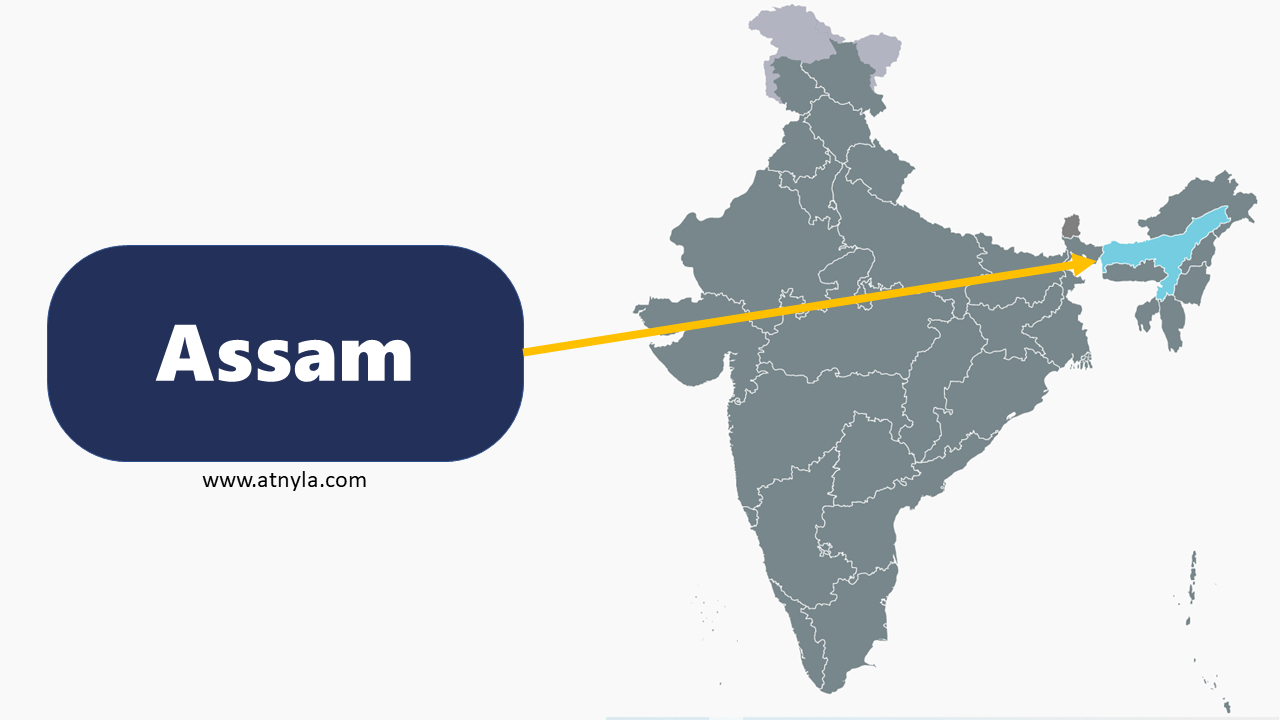 Assam GK
Assam GK  Delhi GK
Delhi GK 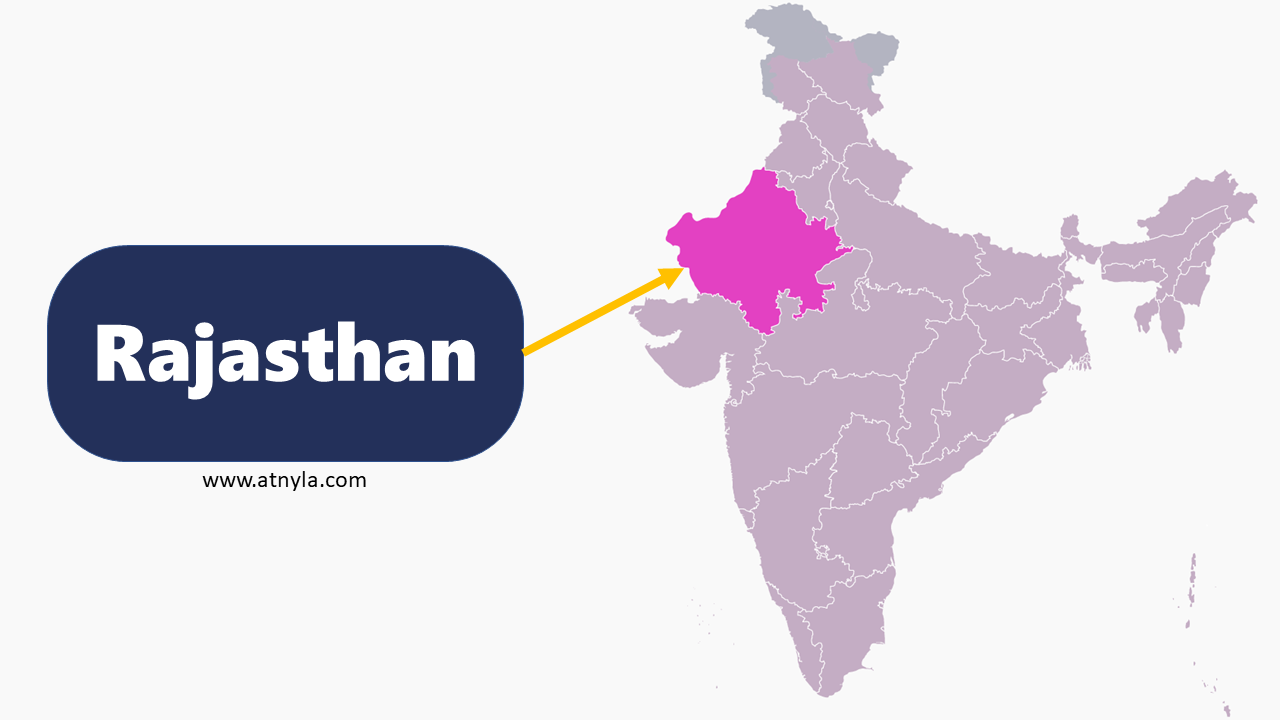 Rajasthan GK
Rajasthan GK